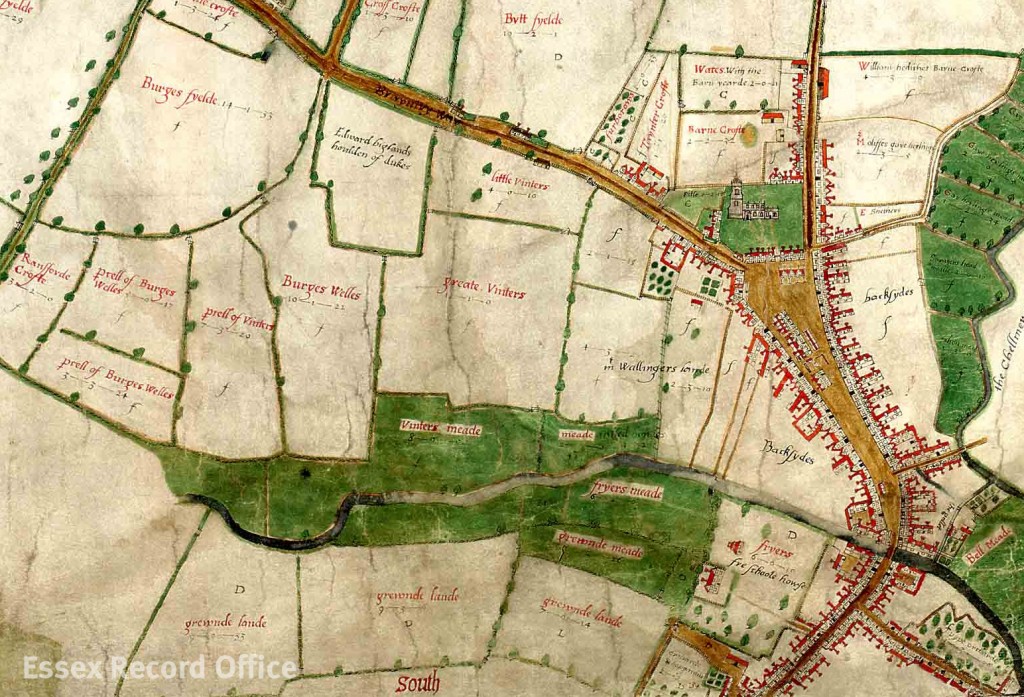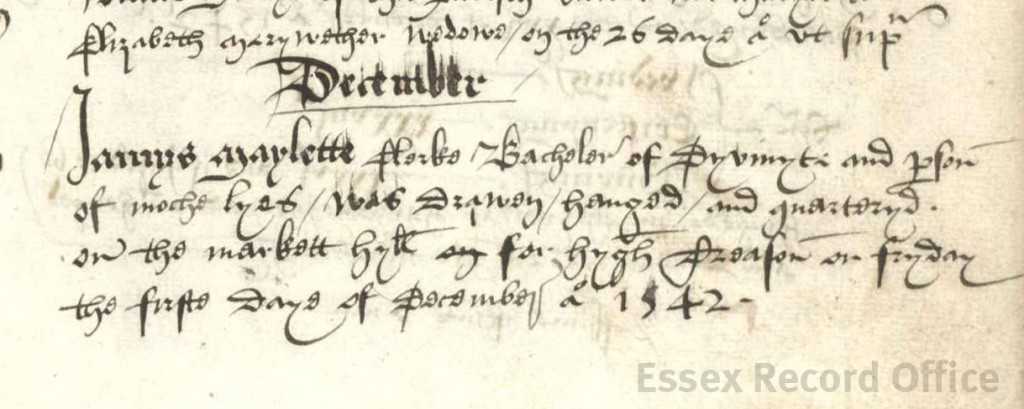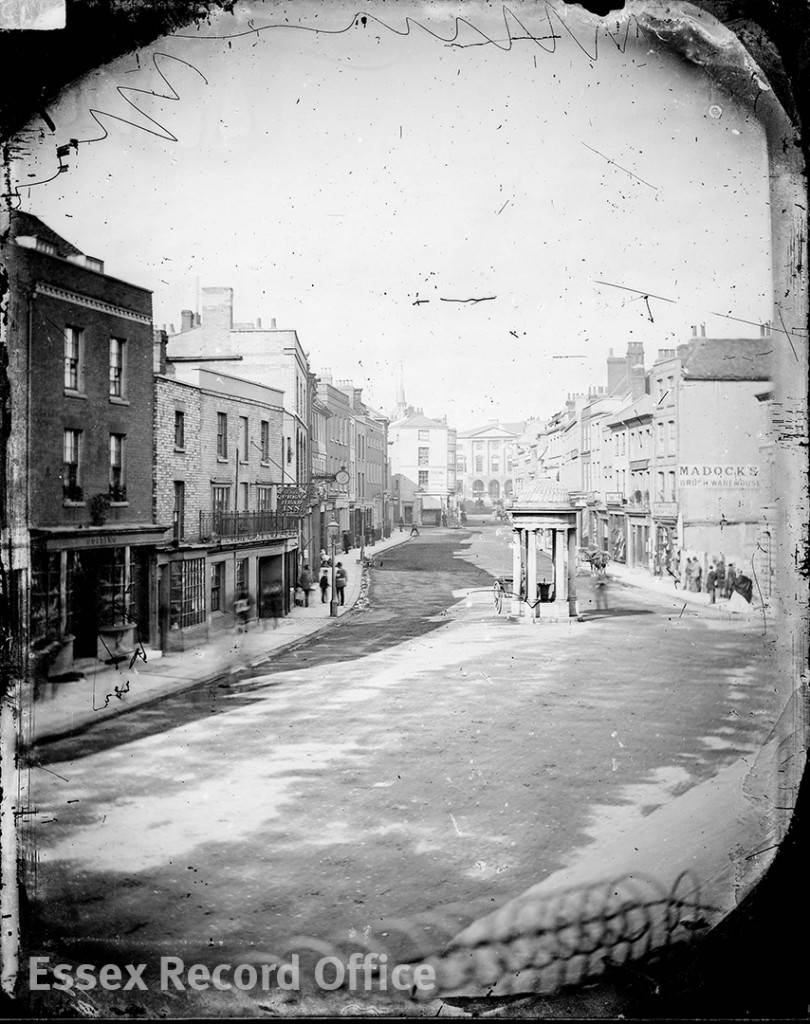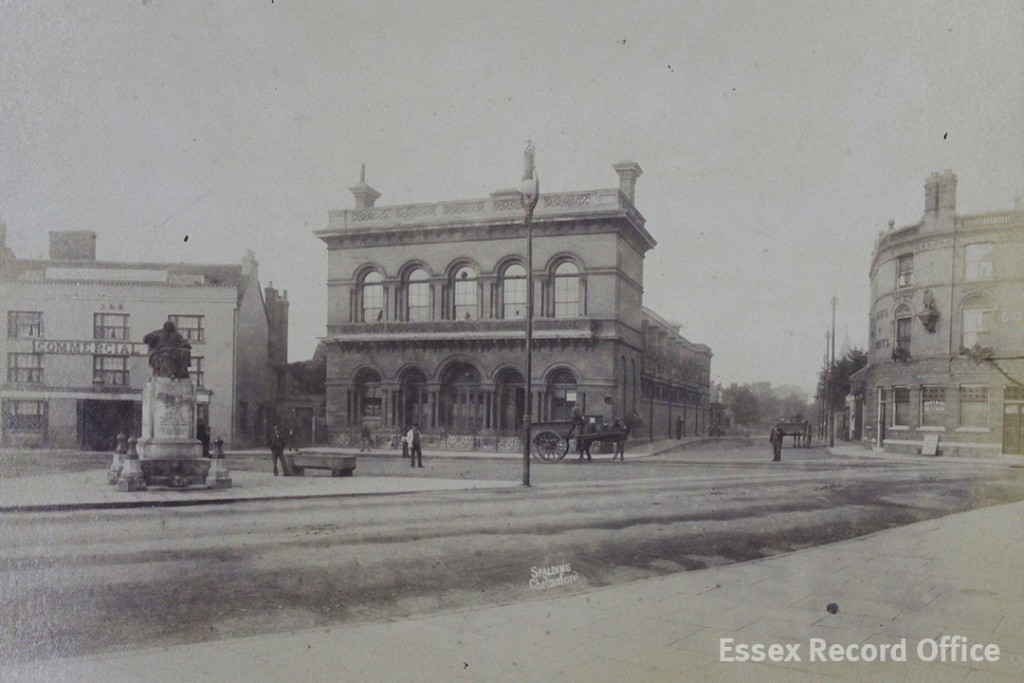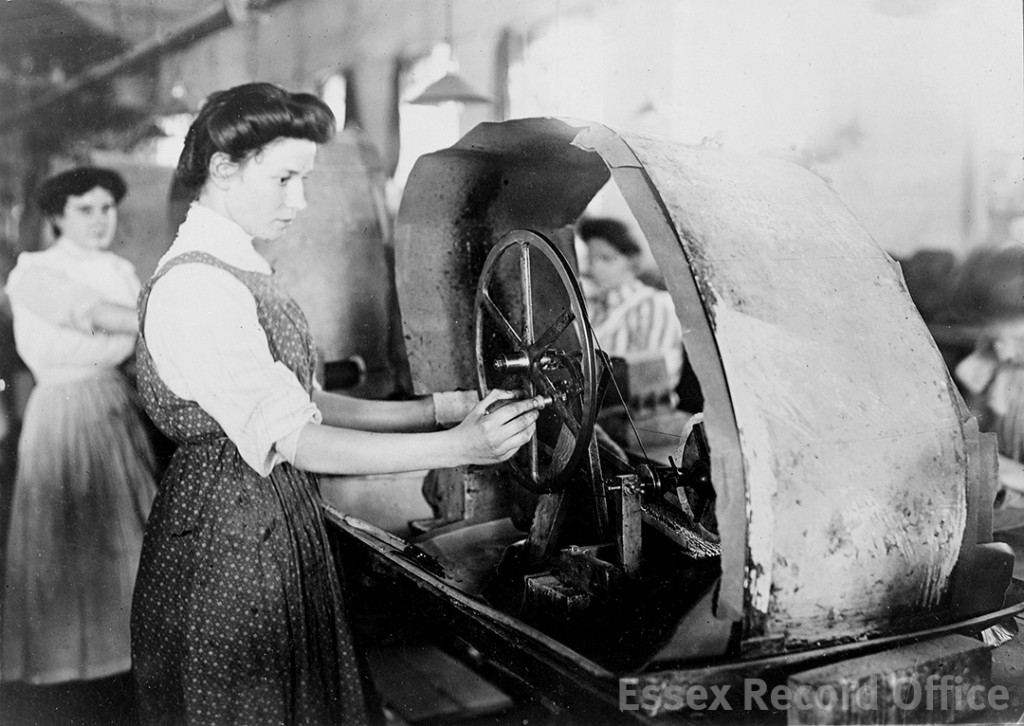This Hallowe’en, experience history and horror with a screening of 1968 cult horror classic Witchfinder General at the Essex Record Office on Friday 26th October, 6.30pm-9.00pm. The screening will be accompanied by a talk about the real history of witchcraft in Essex by bestselling novelist Syd Moore (tickets available here).
The film is set in East Anglia in 1645, and stars Vincent Price as the notorious self-appointed ‘Witchfinder General’ Matthew Hopkins, who claimed to have been given the right by parliament to interrogate and execute witches. The plot is a fictionalised account of Hopkins’s bloody exploits, and follows him and his assistant John Stearne (Robert Russell) as they visit village after village, torturing and executing suspected witches.
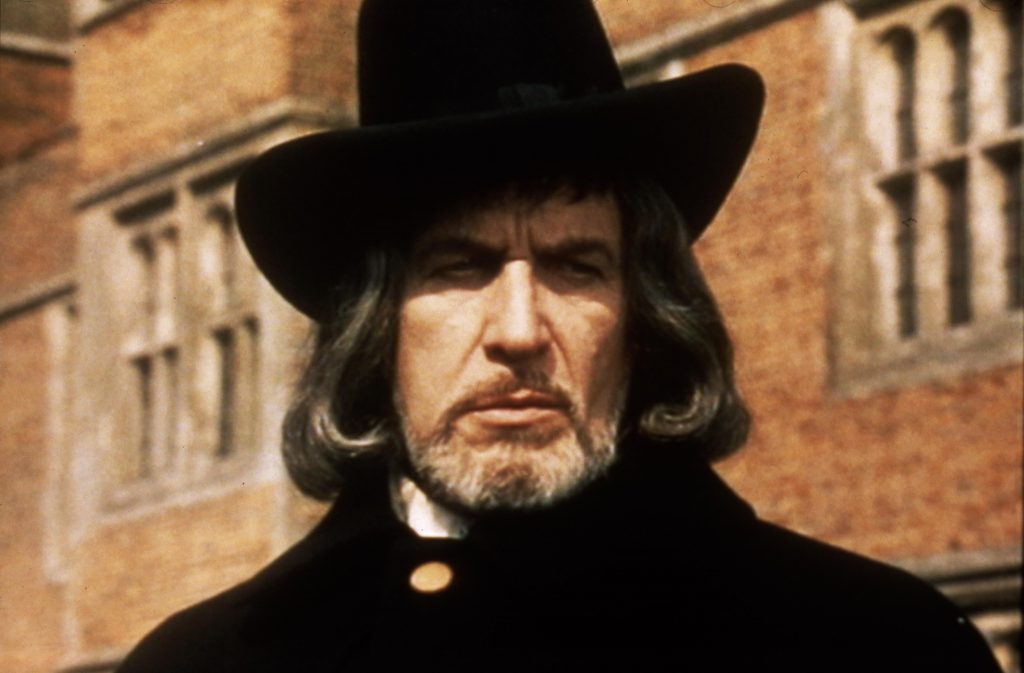
Vincent Price as Matthew Hopkins in Witchfinder General. Price was 56 when he played Hopkins, even though Hopkins was only in his 20s when he sparked a major witch panic in the 1640s. Image: British Film Institute
Interior scenes were filmed in converted aircraft hangars near Bury St Edmunds, and exterior scenes were filmed on locations including the Dunwich coast, Lavenham, Kentwell Hall, and Orford Castle.
The film is best known for its violence, despite being extensively cut by the British Board of Film Censors. It has divided audiences and critics alike, with some deploring its violent scenes, while others have championed it as an important part of British film history.
While Hopkins did exist and did indeed hunt suspected witches, the film departs from real history in several ways. Hopkins was the son of a Suffolk minister. Almost nothing is known of his early life, but by the winter of 1644-5 he was living in Manningtree in Essex. He came to believe that there were 7 or 8 witches living in the town; these and others were arrested and questioned, with Hopkins giving evidence against them. This sparked a trail of accusations, and eventualy 36 Essex women were tried for witchcraft at the Essex assizes in July 1645. Nineteen of them were executed. 9 died in prison, and 6 were still locked up in 1648. What Hopkins had started in Essex spread to Suffolk, Norfolk and Cambridgeshire, with at least 250 people tried as witches, and at least 100 executed.
Hopkins did not meet the violent end that he does in the film, but according to a contemporary account died slowly of consumption (tuberculosis) at his home in Essex in 1647. Price was 56 at the time that he played Hopkins, but in reality Hopkins was only in his 20s when he instigated the East Anglian witch hunts. The film’s biggest departure from reality, however, is its omission of court cases; in the film, Hopkins and Stearne subject their victims to summary executions, but in reality suspected witches were arrested and tried.
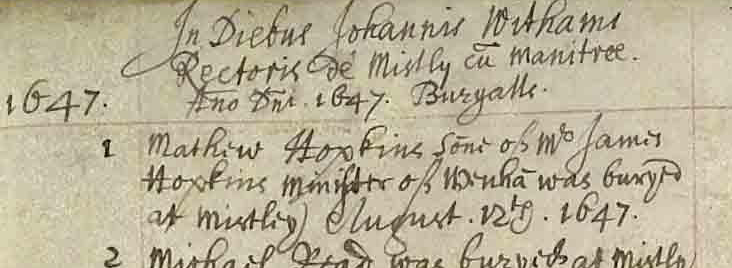
Burial record of Matthew Hopkins in the Manningtree and Mistley parish register, recording his death in August 1647, two years after he began pursuing witches (Essex Record Office). The text reads:
Mathew Hopkins sone of Mr James Hopkins Minister of Wenha[m] was buryed at Mistley August 12th 1647
Here are all the details if you want to join us for horror and history this Hallowe’en:
Date and time: Friday 26 October, 6.30pm-9.00pm
Location: Essex Record Office, Wharf Road, Chelmsford, CM2 6YT
Film length: 86m
Rating: The film is rated 18 as it contains strong violence and execution scenes. If you are lucky enough to look under 18 we will ask to see proof of your age on the door
Tickets: £10
Booking: Please book online at www.essexrecordoffice.co.uk/events

